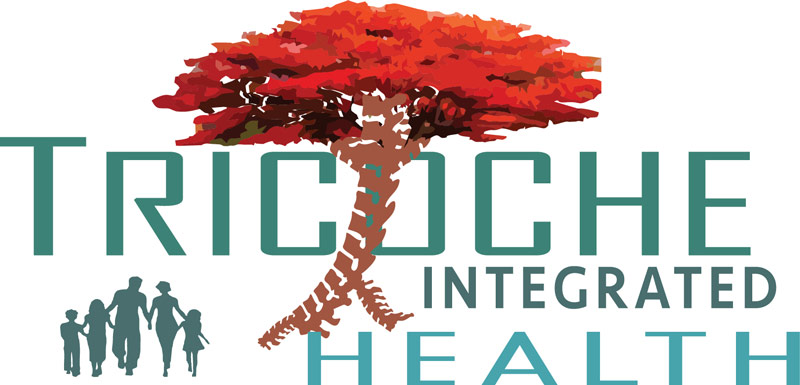Joint pain, whether due to age, injury, or disease, can significantly impact one’s quality of life. Traditional treatments often focus on managing symptoms, but what if there was a way to address the root cause and promote genuine healing? Enter regenerative medicine—a groundbreaking approach that harnesses the body’s natural healing capabilities.
Understanding Joint Pain
Before delving into regenerative medicine techniques, it’s essential to grasp the complexities of joint pain. Joints, where two bones meet, are intricate structures comprising cartilage, ligaments, tendons, and synovial fluid. When any of these components become damaged or wear out, the result is pain, inflammation, and reduced mobility.
Several factors can contribute to joint pain:
- Age: As we age, the wear and tear on our joints increase, leading to conditions like osteoarthritis.
- Injury: Acute injuries, such as sprains or fractures, can cause immediate pain and long-term joint issues if not adequately addressed.
- Disease: Conditions like rheumatoid arthritis or lupus can lead to joint inflammation and pain.
While over-the-counter pain relievers and prescription medications can offer temporary relief, they don’t address the underlying issues. This is where regenerative medicine comes into play.
The Promise of Regenerative Medicine
Regenerative medicine is a multidisciplinary approach that focuses on repairing or replacing damaged cells, tissues, or organs. In the context of joint pain, this means promoting the body’s natural healing processes to restore joint function and alleviate pain.
There are several regenerative medicine techniques, each offering unique benefits:
1. Stem Cell Therapy
Stem cells are the body’s master cells, capable of transforming into various cell types. When injected into a damaged joint, they can differentiate into cartilage cells, aiding in the repair process. This can lead to reduced pain and improved joint function.
2. Platelet-Rich Plasma (PRP) Therapy
PRP involves drawing a small amount of the patient’s blood, processing it to concentrate the platelets, and then injecting it into the affected joint. Platelets release growth factors that promote tissue repair and reduce inflammation.
3. Prolotherapy
This technique involves injecting an irritant solution into the joint space. While it might sound counterintuitive, the solution stimulates the body’s natural healing response, leading to strengthened ligaments and tendons.
Advantages of Regenerative Medicine for Joint Pain
Regenerative medicine techniques offer several advantages over traditional treatments:
1. Natural Healing
Rather than relying on external medications or invasive surgeries, regenerative medicine taps into the body’s innate healing mechanisms. This means fewer side effects and a more holistic approach to recovery.
2. Minimally Invasive
Most regenerative medicine procedures are minimally invasive, requiring only injections. This contrasts with surgical interventions that can be more traumatic and require extended recovery periods.
3. Reduced Reliance on Medications
By addressing the root cause of joint pain, regenerative medicine can reduce or even eliminate the need for pain medications. This is particularly beneficial given the potential side effects and dependency issues associated with long-term medication use.
4. Potential for Long-Term Relief
While results can vary, many patients experience long-term relief from joint pain after undergoing regenerative medicine treatments. This can lead to improved mobility, allowing individuals to return to activities they love.
Making the Decision: Is Regenerative Medicine Right for You?
If you’re considering regenerative medicine for joint pain, it’s essential to consult with a healthcare professional who can provide guidance tailored to your specific situation. Here are some steps to consider:
1. Assessment
A thorough evaluation will determine the extent of joint damage and whether regenerative medicine is a suitable option. This might involve physical examinations, medical history reviews, and diagnostic imaging.
2. Discussing Options
Once the assessment is complete, your healthcare provider will discuss the various regenerative medicine techniques available, their benefits, potential risks, and expected outcomes.
3. Setting Expectations
It’s crucial to have realistic expectations. While many patients experience significant relief from joint pain, results can vary. Your healthcare provider will provide insights into what you can expect post-treatment.
4. Post-Treatment Care
After undergoing a regenerative medicine procedure, you’ll receive guidance on post-treatment care. This might include physical therapy, lifestyle modifications, and follow-up assessments to monitor progress.
Conclusion: Embracing the Future of Joint Pain Solutions
Joint pain, once considered an inevitable part of aging or the aftermath of an injury, no longer needs to dictate the quality of one’s life. With the advancements in regenerative medicine, individuals have access to treatments that not only alleviate pain but also promote genuine healing.
At Tricoche Integrated Health, we’re at the forefront of these innovative techniques, committed to offering our patients the best in holistic care. If you’re grappling with joint pain and seeking a path to recovery, we’re here to guide you every step of the way.
Connect with Us:
- Website: Tricoche Integrated Health
- Phone: (321) 802-4521
- Facebook: Follow us on Facebook for updates, testimonials, and more.
- Location: Find us on Google Maps and visit our clinic for a personalized consultation.
Whether you’re looking to book an appointment, have questions about our services, or simply want to stay updated on the latest in regenerative medicine, we invite you to connect with us. Your journey to holistic health and wellness starts here.
